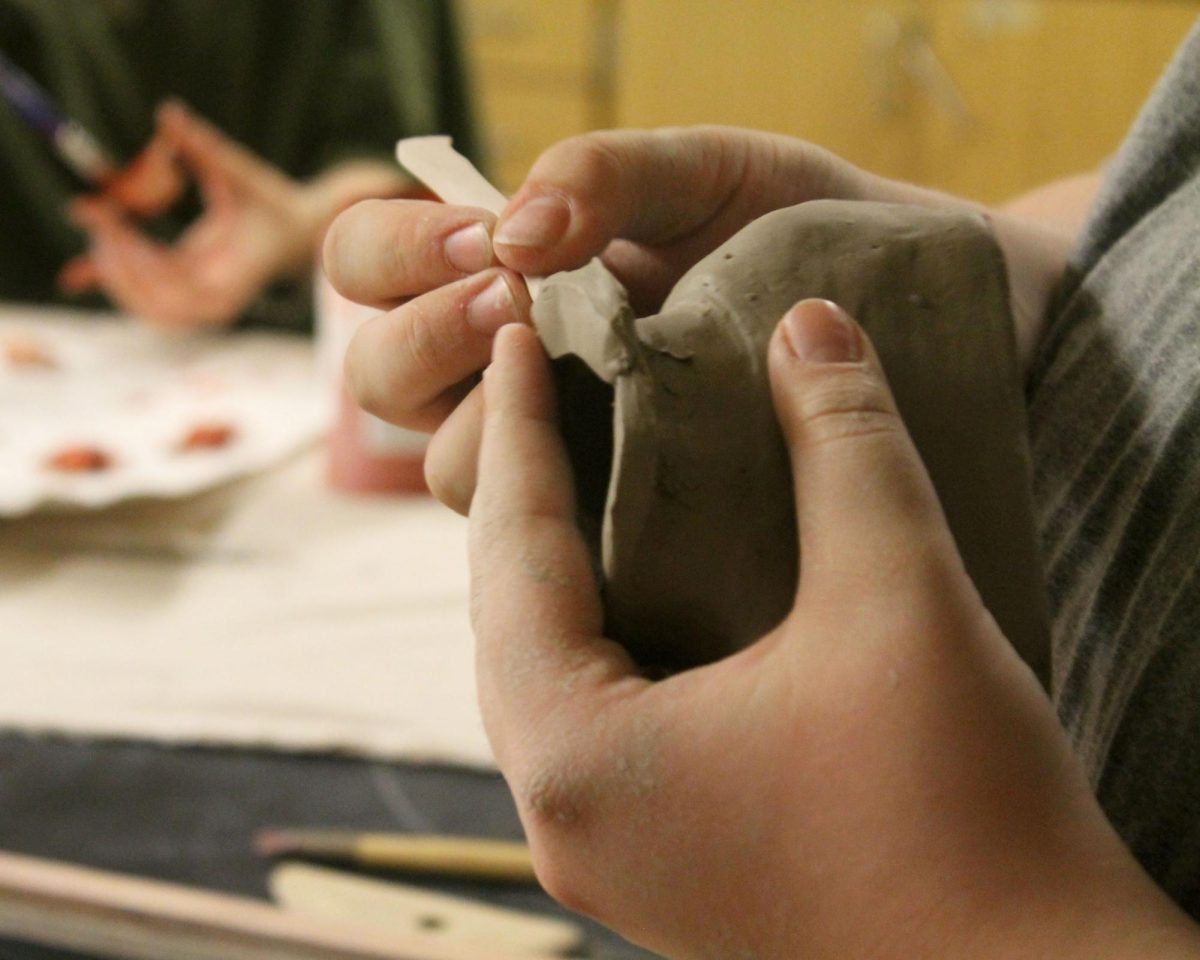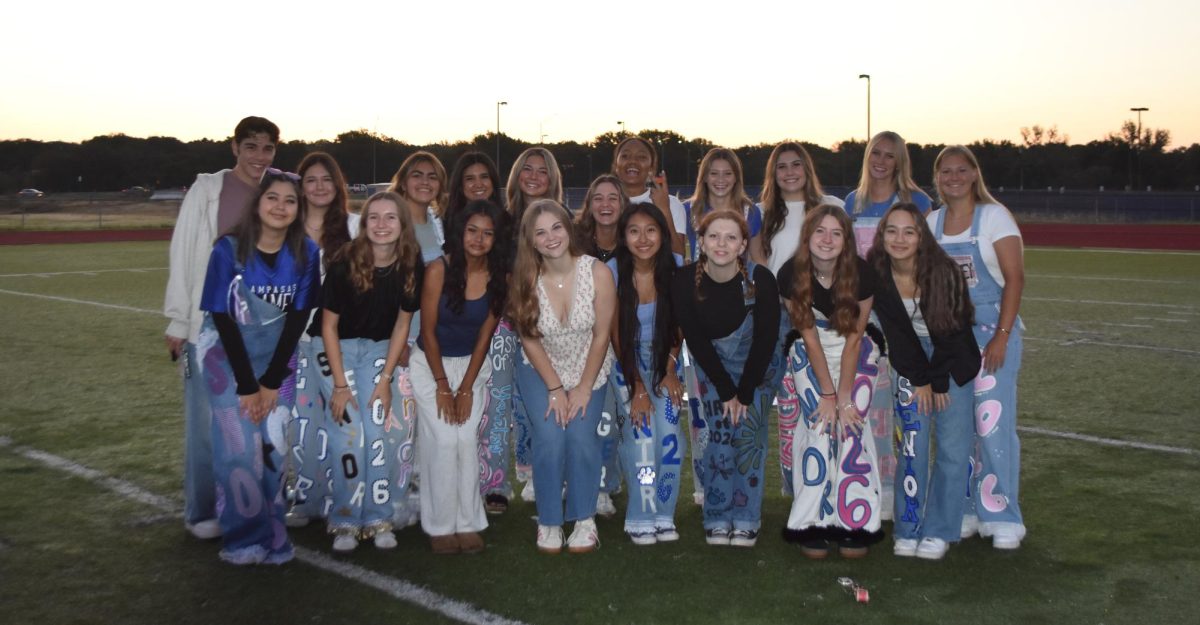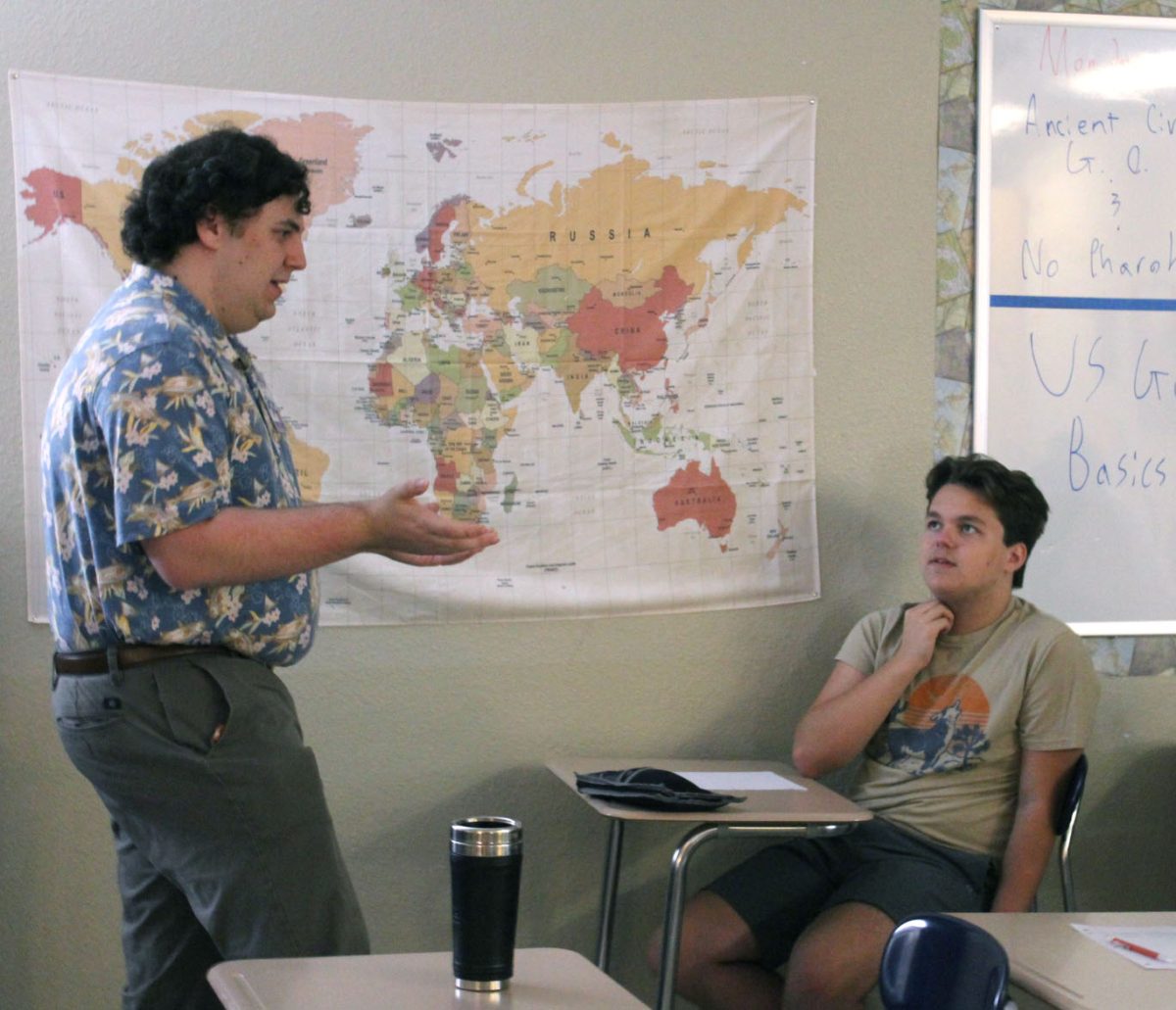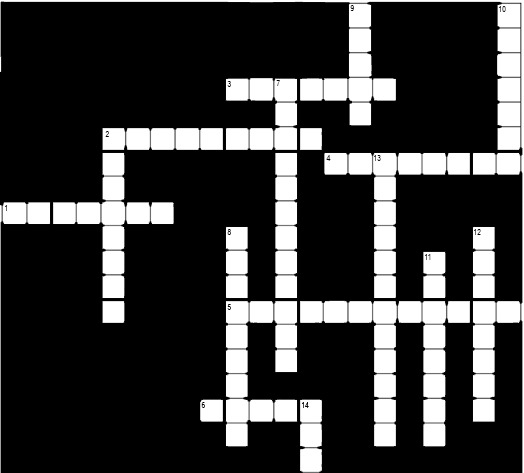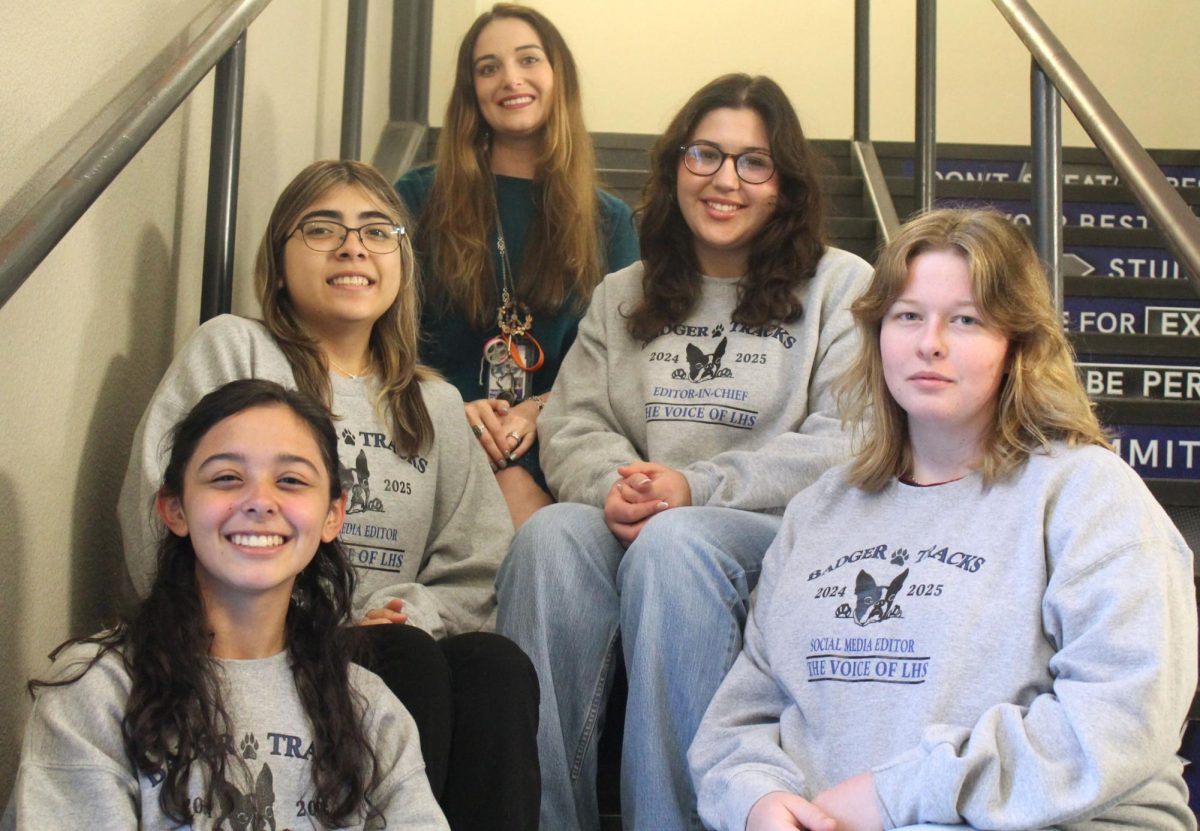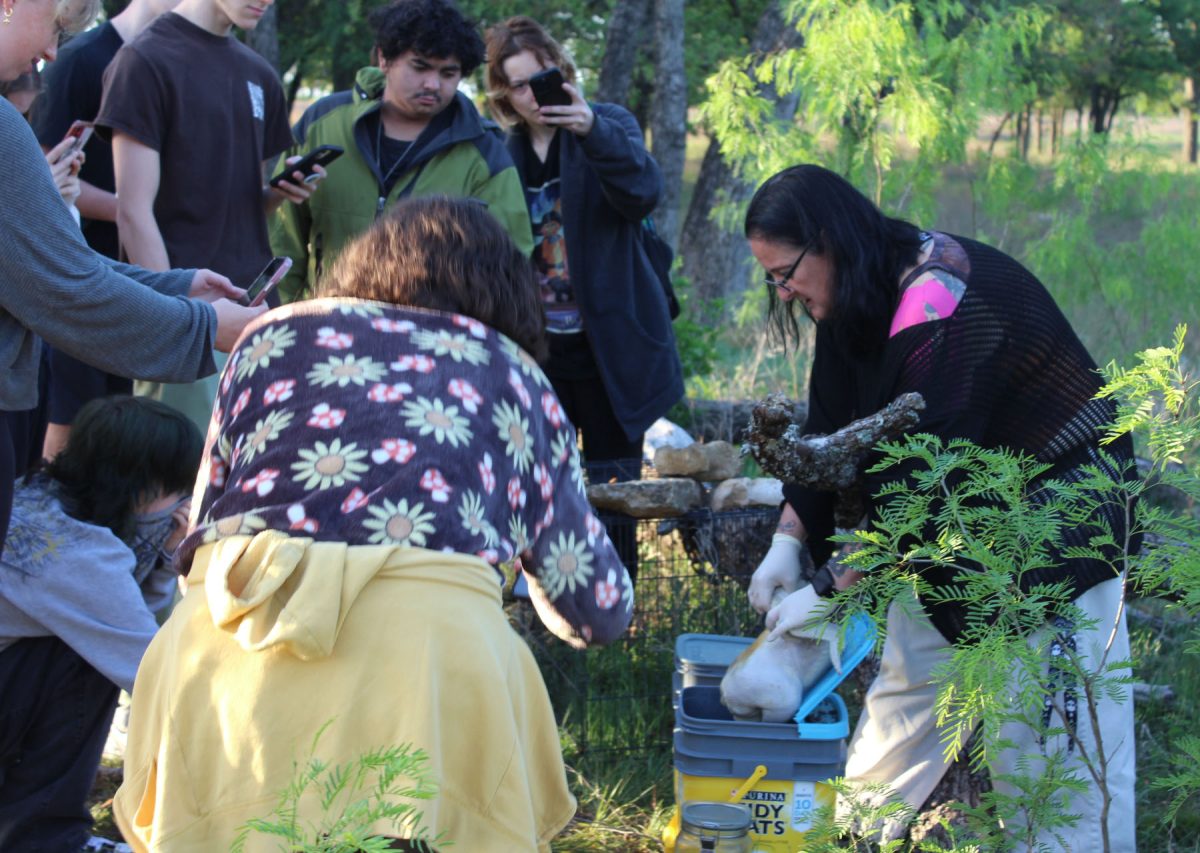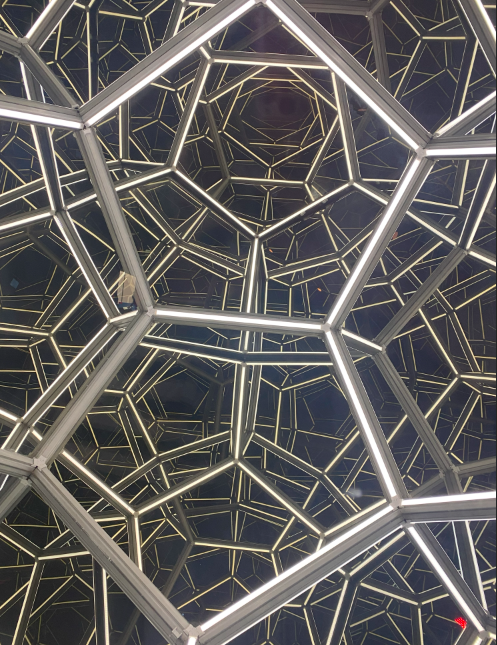From making cups, plates, trays and whistles by hand out of clay, to making themselves.
For many students, the end of the school year means counting down the days until summer, but for ceramics II and III students, the end of the year means carrying out the hardest assignment they’ve ever been given: creating a chest up sculpture of themselves entirely out of clay.
Art teacher Judith Brown assigned her students this project, which will be due on the day of their final exam.
“I really thought that they needed a challenge towards the end of the year,” Brown said. “Ceramics is a lot of education on just the generalities of how to construct clay in different ways: slab, coil, pinch pot, and that’s just hand building- so they needed something to really push them.”
Instead of tasking students with creating an exact replica of themselves in clay, Brown believes the transition into doing more challenging work will go smoother if they based their clay portrait off the style of another artist that doesn’t work with clay, such as a painter.
“ If [a student] chose a sculptor, [the student] might be copying the sculptor versus painting,” Brown said. “It’s a lot easier to be able to look at [a painting] and see the style of the painter and be able to translate that into a sculpture.”
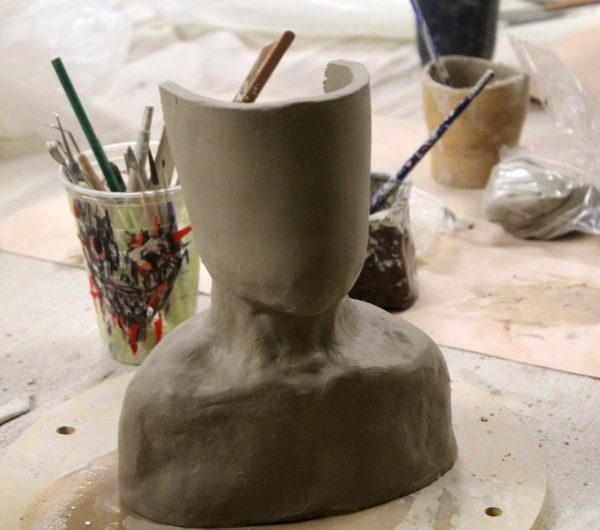
Brown had students research an artist of their choice and then watch a video series on creating a human form afterwards.
“I chose Gus Fink because I really like his work,” junior Val Morgan said. “He has an emo vibe, he’s spooky.”
Students have the freedom to add anything to their sculpture, so long as it is a sculpture of themselves.
“I chose Claude Monet for my project primarily because his paintings have a distinct ‘messy’ quality, as he doesn’t blend his brushstrokes very much,” senior Abigail Munoz said. “I appreciate that he often features flowers in his work, and I believe it would be enjoyable to incorporate floral elements into my sculpture.”
Other than the videos they watched, the only credentials students have for this project are their prior ceramics assignments, most of which have been creating utilitarian objects.
“This one’s definitely going to take a lot more time, and it’s definitely more advanced than any other thing we’ve done because everything else has been quite simple,” junior Dean Hannibal said. “This [assignment] is, literally, ourselves as a hollow figure.”
Munoz said her past projects have allowed her to gain insight on which tools work best.
“There are tiny crevices that a sponge or rib can’t reach because they’re too large, which could lead to scratching, denting, or creating an uneven texture on my piece,” she said. “Instead, I find it effective to wet a paintbrush and use it to clean out these crevices.”
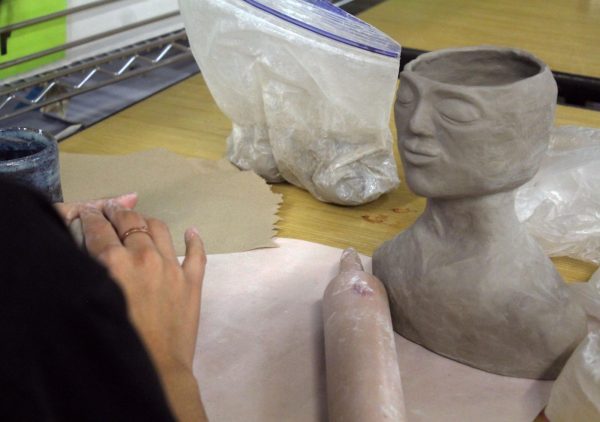
Most students are currently a third or halfway done.
“I am currently focusing on the structure and features of the face,” Munoz said. “I still need to attach the top of the head and add details like hair, ears, and the finishing touches, which will include the flowers surrounding me.”
Time has made this project difficult for many students.
“With only about 30 minutes for each session, it can be frustrating having to pack up so quickly, especially since setting up and cleaning up takes a significant amount of time,” Munoz said. “More extended sessions would allow us to focus on our work and make better progress.”
Brown said this assignment teaches students how to learn through failure.
“Even if a student does fail, they’re going to learn from it, and if they ever were to do it again, they can come back and have that experience of what didn’t work to know what will,” she said.
Hannibal said if he were to make another human form he would create a solid figure, instead of a hollow one.
“That way I could carve away instead,” Hannibal said. “'[The slabs] are just kind of a hassle to deal with.”
Munoz said, so far, this project has taught her how to trust the process of working with clay.
“There’s always time to make adjustments, and with patience, I can achieve the result I’m aiming for,” she said. “I’ve also come to appreciate the skill involved in creating face sculptures; those who can master this art truly deserve appreciation because capturing the structure of a person’s face is incredibly challenging.”

